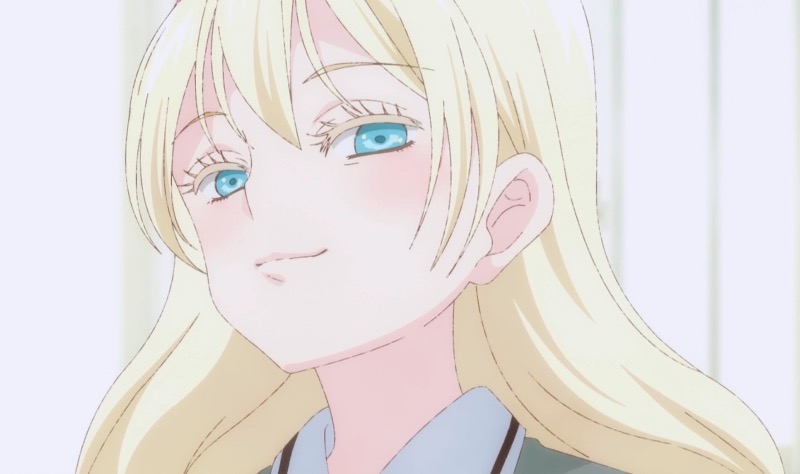We woke up to a world of white this morning, as the Kanto area (the flat plain where Tokyo is located) got its third snowfall of the season. It was actually only a few centimeters of snow, but it managed to cause a minor panic, since snow is rare enough here that people aren’t used to it. Fortunately (or unfortunately, if you like snow like I do), most of it has melted away.
Ask any gaijin living in Japan about dentists here, and you’ll be sure to hear some complaints. While Japanese dentists are good at fixing teeth, they’re famous for making you come back dozens of times to finish your dental work, instead of getting it out of the way in a few visits. I’ve finally finished having three teeth worked on, which somehow managed to take 18 months. I believe Japan’s dentists take so long to work on teeth because of the way insurance is structured here — they’re only allowed to charge a certain amount to the system each day, so they spread it out as much as they can. Like men whose job it is to stand by the road and wave a flashlight to let you know there’s road construction going on and NHK employees who knock on millions of doors to collect the $20 monthly fee from households in person, Japanese dentists are an unfortunate symbol of Japan’s lack of efficiency in some areas.
Since I’m very busy with J-List, I don’t get time to watch television as much as I’d like, especially the news. One show I try to catch on weekends is Broadcaster, a show which encapsulates the news events of the past week by ranking how many minutes of coverage each received. Last week’s show included such news items as Princess Aiko (the 3-year-old daughter of Crown Prince Naruhito) learning how to ski for the first time; the father of sumo wrestler Takanohana’s battle with esophageal cancer; the tragic suicide of South Korean actress Lee Eun-joo; the latest on Michael Jackson, which is followed carefully here; and all the current goings on with maverick Livedoor president Takafumi Horie, whose recently separated wife was found working in a supermarket for $6 an hour to make ends meet despite the fact that her husband is incredibly wealthy.
When I came to Japan to live, I knew about the famous foods like sushi, sashimi and ramen, but I had a lot to learn about the finer points of Japanese home cooking. As with other Asian countries, noodles are eaten frequently, with soba (thin grey noodles) and udon (fat white noodles) being the most popular. Many dishes commonly served at home aren’t Japanese at all, such as curry rice, a version of the mild, thick curry brought here by the British, or spaghetti, really good with tuna fish and asparagus on top (my Japanese father-in-law can’t eat spaghetti because it looks too strange to him). A lot of Chinese foods like chow mein (yakisoba) and fried wonton dumplings (gyoza, known in English as “pot stickers”) have been a part of Japanese kitchens for so long they’re not thought of as having come from anywhere else. Soy-based dishes are also very popular, with miso soup, tofu and natto at the top of the list. While the Japanese have come to eat quite a lot of bread and even adapt it in interesting ways (curry-pan, bread with curry inside), when all is said and done, rice is a big part of the their daily life. The basic unit of “fast food” in Japanese homes is the rice ball, called omusubi or onigiri, basically a triangle shaped ball of white rice with nori on the outside and different good stuff (ume, salmon) inside. We have some cool new products celebrating Japanese food on the site today — check them out.















